Advertisements
Advertisements
प्रश्न
What is the difference between a nucleotide and nucleoside? Give two examples of each with their structure.
उत्तर
Living organisms have a number of carbon compounds in which heterocyclic rings can be found. Some of these are nitrogen bases-adenine, guanine, cytosine, uracil and thymine. When found attached to a sugar, they are called nucleosides. If a phosphate group is also found esterified to the sugar they are called nucleotides. Adenosine, guanosine, thymidine, uridine and cytidine are nucleosides. Adenylic acid, thymidylic acid, guanylic acid, uridylic acid and cacodylic acid are nucleotides.
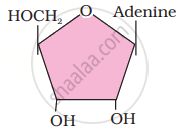 Adenosine |
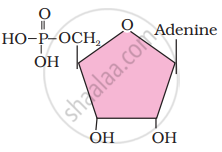 Adenylic acid |
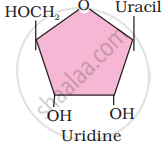 Nucleosides |
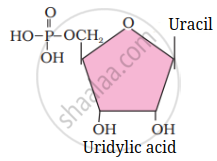 Nucleotide |
APPEARS IN
संबंधित प्रश्न
Explain the composition of triglyceride.
Can you attempt building models of biomolecules using commercially available atomic models (Ball and Stick models).
Identify the incorrect statement :
Triglyceride consists of ______.
Identify the structural formula given in the figure.
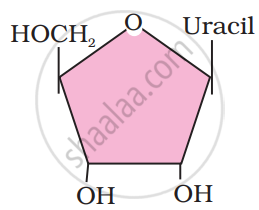
It is said that elemental composition of living organisms and that of inanimate objects (like earth’s crust) are similar in the sense that all the major elements are present in both. Then what would be the difference between these two groups? Choose a correct answer from among the following:
Many elements are found in living organisms either free or in the form of compounds. Which of the following is not found in living organisms?
Aminoacids, have both an amino group and a carboxyl group in their structure. Which one of the following is an amino acid?
Write the name of anyone aminoacid, sugar, nucleotide and fatty acid.
Glycine and Alanine are different with respect to one substituent on the α-carbon. What are the other common substituent groups?
